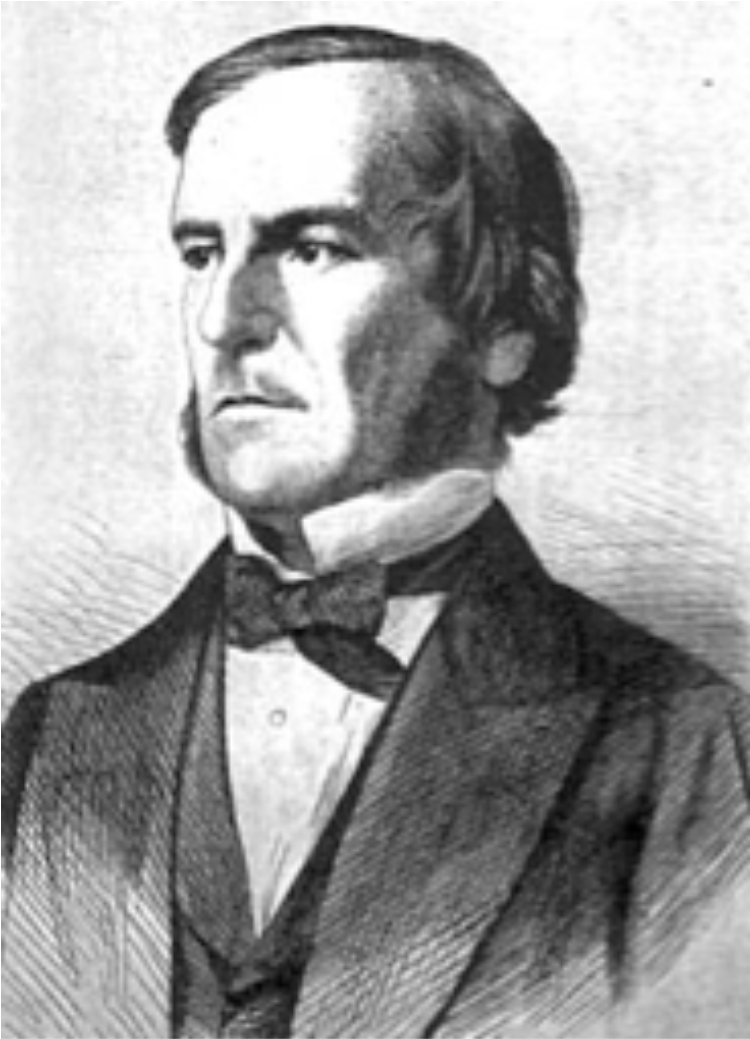13: Álgebra booleana
( \newcommand{\kernel}{\mathrm{null}\,}\)

George Boole
George Boole no estuvo mucho inactivo.
Produjo ideas en el acto,
Haciendo un uso maravilloso de
expresiones
inclusivas/exclusivas como Y, O, y NOAndrew Robinson, El diccionario de inglés omnificente en forma de Limerick
En este capítulo desarrollaremos un tipo de sistema algebraico, álgebras booleanas, que es particularmente importante para los informáticos, ya que es la base matemática del diseño por computadora, o teoría de conmutación. Se discutirán las similitudes de álgebras booleanas y álgebra de conjuntos y lógica, y descubriremos propiedades de álgebras booleanas finitas.
Para lograr estos objetivos, recordaremos las ideas básicas de los posets introducidos en el Capítulo 6 y desarrollaremos el concepto de una celosía. El lector debe considerar el desarrollo de los temas de este capítulo como otro ejemplo de un sistema algebraico. De ahí que esperamos definir primero los elementos en el sistema, después las operaciones sobre los elementos, y luego las propiedades comunes de las operaciones en el sistema.


